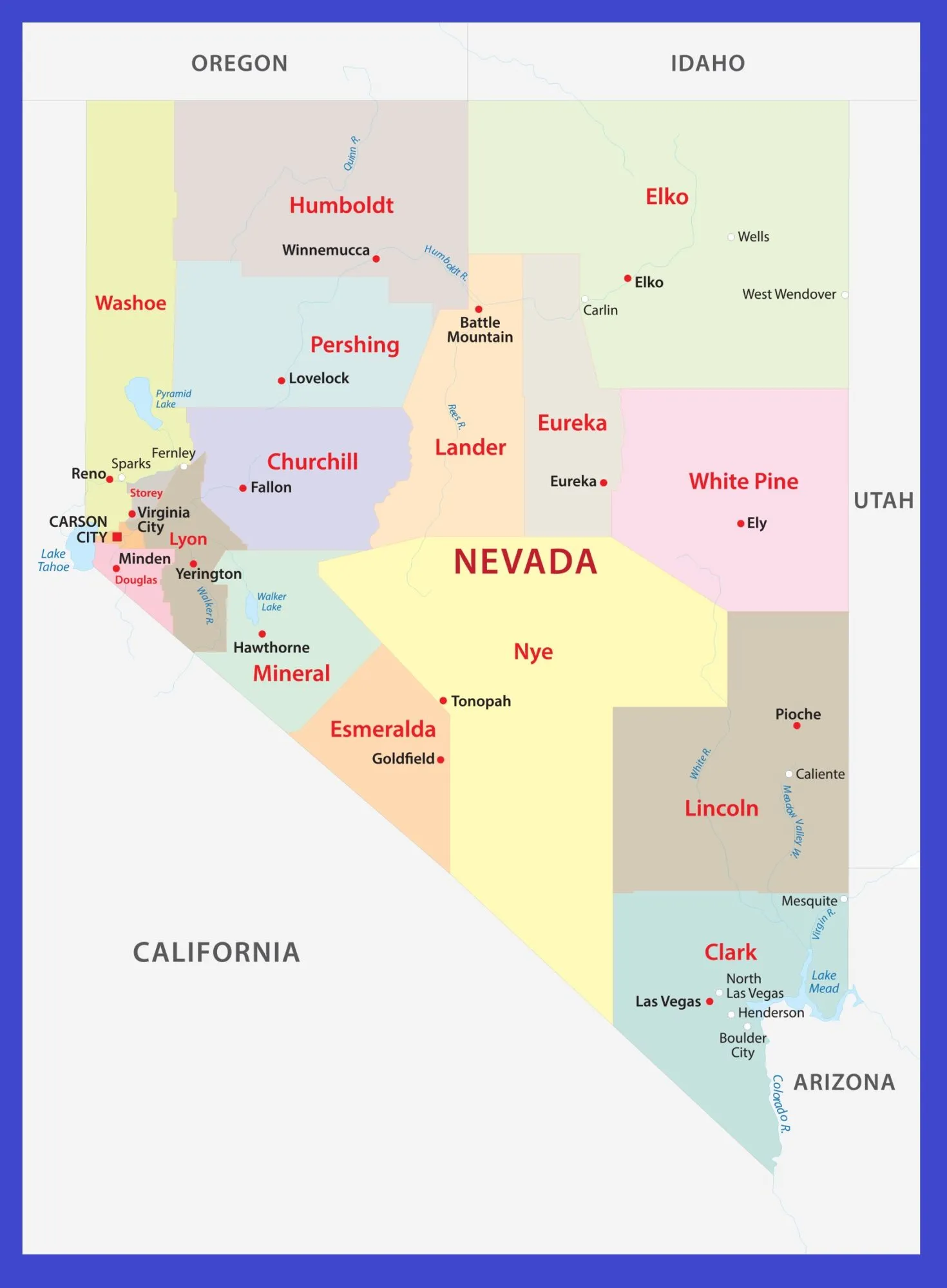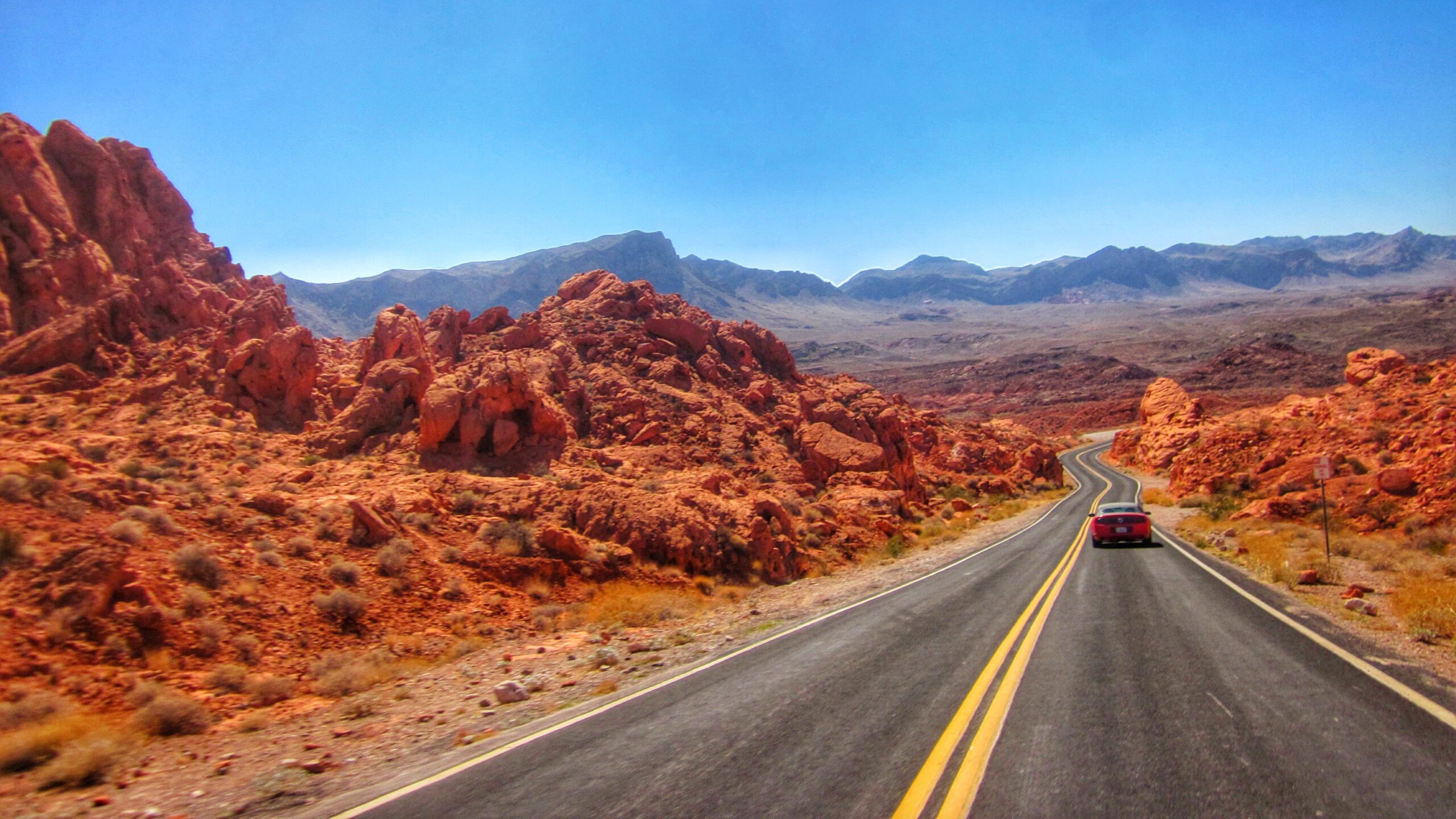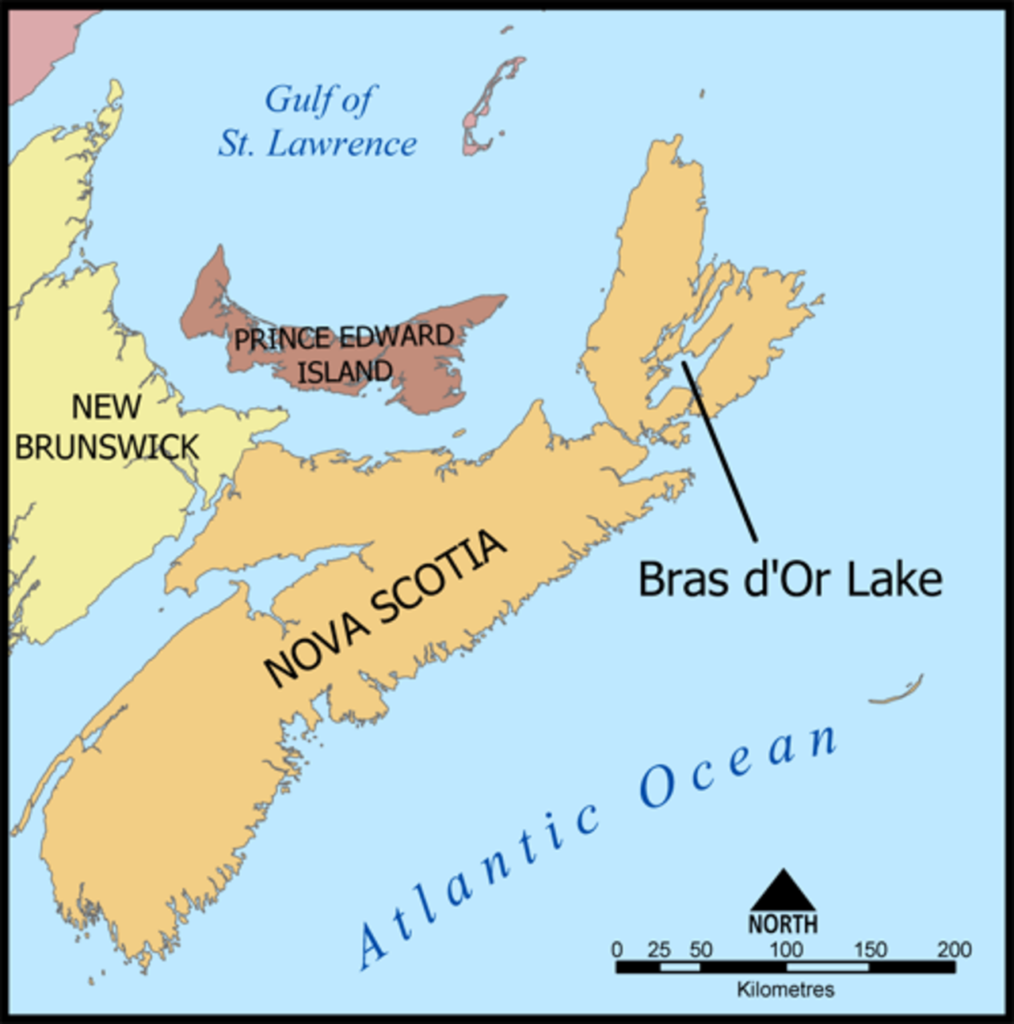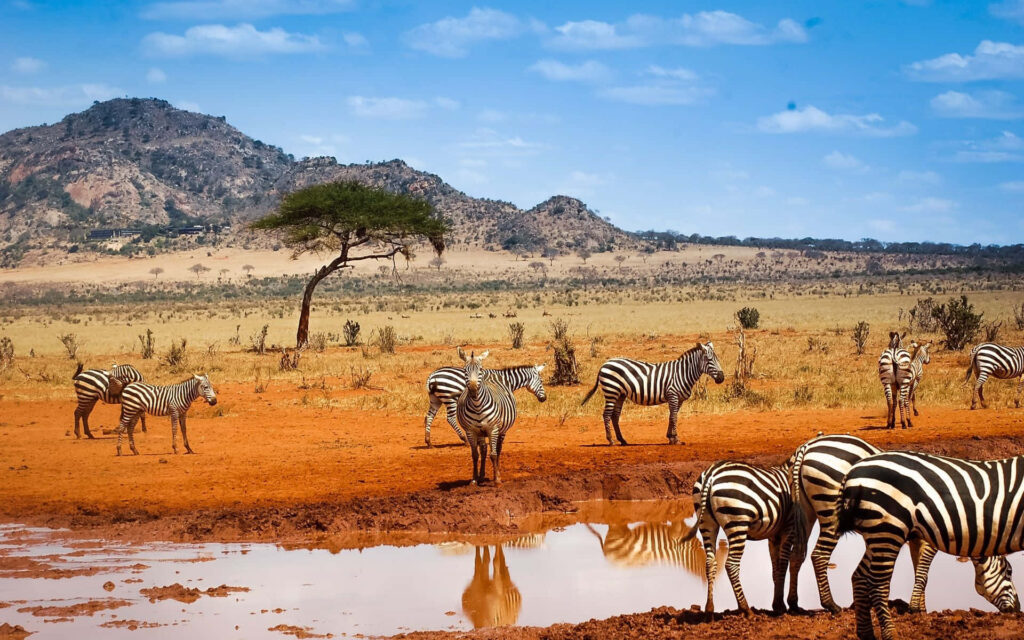Introduction
Nevada, located in the western United States, is a state of diverse landscapes, from arid deserts to snow-capped mountains. It is perhaps best known for the famous Las Vegas Strip, but beyond the glitz and glamour lies a state rich in history, culture, and natural beauty.
Geography
Location and Borders
Nevada is situated in the southwestern United States and is bordered by Oregon to the northwest, Idaho to the northeast, Utah to the east, Arizona to the southeast, and California to the west. It is the seventh-largest state in terms of land area.
Topography
Nevada’s terrain is characterized by vast deserts, including the Mojave Desert in the south and the Great Basin Desert in the north. The state also features mountain ranges such as the Sierra Nevada and the rugged terrain of the Basin and Range Province.
Climate
Nevada has a predominantly arid climate with hot summers and cold winters. The desert regions experience extreme temperature variations between day and night. The mountainous areas receive more precipitation and are known for their ski resorts during the winter months.
Major Landmarks
Key landmarks in Nevada include the iconic Las Vegas Strip, famous for its lavish resorts and entertainment venues, Hoover Dam, an engineering marvel on the Colorado River, and Lake Tahoe, a stunning alpine lake renowned for its crystal-clear waters and outdoor recreation opportunities.
History
Indigenous Peoples
Before the arrival of European settlers, Nevada was inhabited by various Indigenous peoples, including the Southern Paiute, Shoshone, and Washoe tribes. These tribes lived nomadic lifestyles, hunting, gathering, and trading across the region.
Exploration and Settlement
Nevada was first explored by Spanish explorers in the 18th century, but it was not until the mid-19th century that significant settlement began with the discovery of silver and gold. The California Gold Rush of 1849 brought a wave of fortune seekers to the area, leading to the establishment of mining towns such as Virginia City.
Mining Boom
Nevada experienced a mining boom in the late 19th century, particularly during the Comstock Lode silver rush. The discovery of silver and gold transformed the region, attracting thousands of miners and settlers in search of wealth and opportunity.
Modern Era
In the 20th century, Nevada’s economy diversified, with the growth of industries such as tourism, manufacturing, and aerospace. Las Vegas emerged as a major tourist destination, known for its world-class entertainment, luxury hotels, and vibrant nightlife.
Government and Politics
State Government
Nevada operates under a bicameral legislature, consisting of the Senate and the Assembly. The Governor of Nevada serves as the head of the executive branch and is responsible for implementing state laws and policies.
Political Landscape
Nevada is considered a swing state in national elections, with a politically diverse population. The state has a history of supporting candidates from both the Democratic and Republican parties in presidential elections.
Elections and Representation
Nevada is represented in the United States Congress by two Senators and four Representatives. The state also plays a crucial role in the presidential primaries and caucuses, attracting national attention during the election season.
Economy
Key Industries
Nevada’s economy is diverse, with key industries including tourism, mining, aerospace, and agriculture. The state is the leading producer of gold in the United States and is home to numerous gold mines and mineral deposits.
Tourism
Tourism is a major contributor to Nevada’s economy, with millions of visitors flocking to Las Vegas each year to experience its world-class entertainment, gaming, and dining options. The state’s natural attractions, including national parks, scenic drives, and outdoor recreational activities, also draw tourists from around the world.
Natural Resources
Nevada is rich in natural resources, including gold, silver, copper, and lithium. The mining industry plays a significant role in the state’s economy, providing jobs and revenue to local communities.
Culture
Demographics
Nevada’s population is diverse, with a mix of ethnicities and cultures. The state has a significant Hispanic population, as well as communities of African Americans, Asian Americans, and Indigenous peoples.
Arts and Entertainment
Las Vegas is synonymous with entertainment, offering world-class shows, concerts, and performances. The city is also home to numerous art galleries, museums, and cultural events showcasing both local and international talent.
Festivals and Events
Nevada hosts a variety of festivals and events throughout the year, celebrating everything from arts and culture to food and wine. Highlights include the Burning Man festival, the Reno Rodeo, and the Las Vegas Food & Wine Festival.
Tourism
Attractions
In addition to Las Vegas, Nevada is home to numerous other attractions, including the Hoover Dam, Red Rock Canyon National Conservation Area, Valley of Fire State Park, and Great Basin National Park. Outdoor enthusiasts can enjoy hiking, camping, boating, and skiing in the state’s diverse landscapes.
National Parks
Nevada is home to several national parks, including Great Basin National Park, known for its ancient bristlecone pine forests and Wheeler Peak, the second-highest peak in Nevada. The parks offer opportunities for hiking, wildlife viewing, stargazing,
- Oregon Maps & Facts - June 14, 2024
- 10 Largest Cities In Africa - June 8, 2024
- Nevada Maps & Facts - June 6, 2024





